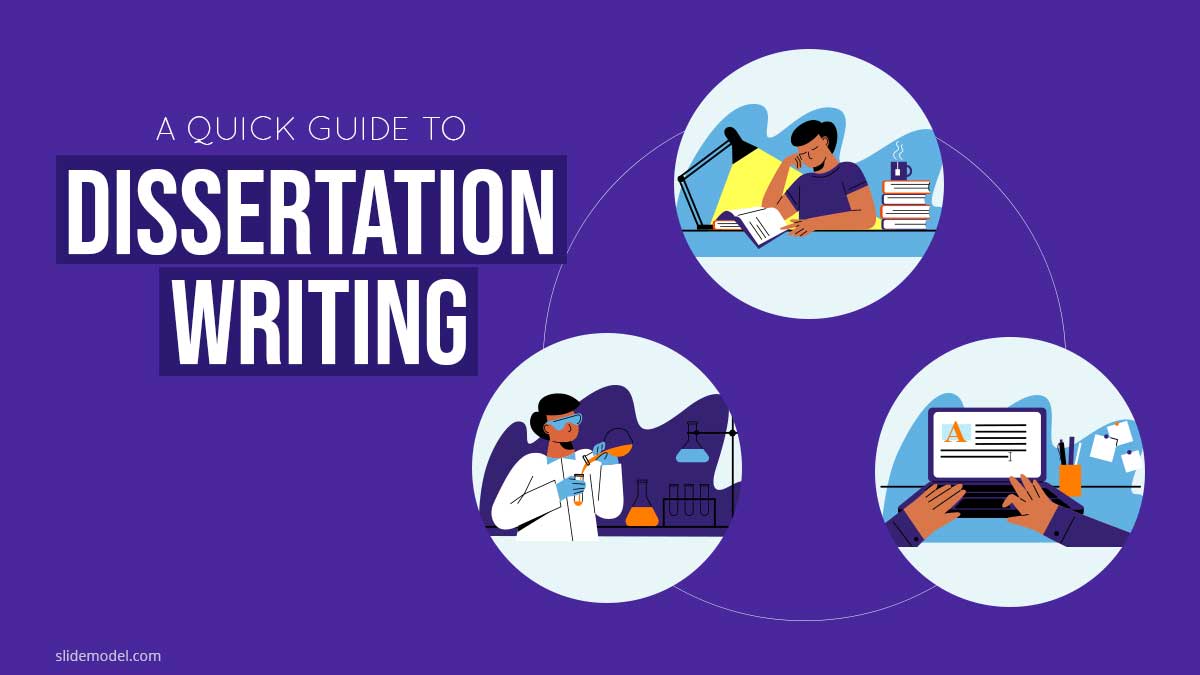[ad_1]
Office usage in San Francisco lags other U.S. metros, and unless the tech industry eases off its hybrid and remote work policies, the city may find itself in a serious vacancy crunch.
“Big Tech is the one that everyone is waiting for,” Avison Young Managing Director Nick Slonek said.

Bisnow/Joseph Gordon
One Post Street in the Financial District
Though the pandemic hasn’t ended, lower transmission numbers and increased vaccine uptakes have led to an accelerated push by employers for workers to return to the office. Foot traffic numbers and office visits in San Francisco are increasing, but at a drip-feed pace, and they are nowhere close to reaching pre-pandemic levels, generally hovering around the 30%-35% mark.
Kastle’s Back to Work Barometer, which tracks weekly fluctuations in keycard swipes and average occupancy among top metros, indicates that San Francisco’s office usage as of May 11 sits at 34.6%, below the average of 43.4% and second worst on the list of 10 major metros — only beating San Jose’s 33.7%. New York clocked 38.1% usage, and Austin far and away led the list at 60.3%.
To illustrate the pace of office usage, Advan Research Corp. pulled foot traffic data from nine traditionally highly trafficked office buildings in San Francisco from the start of 2020 to March 2022. Its data from Salesforce Tower, located at 415 Mission St., is indicative of general trends. Foot traffic to that building dropped from more than 88,000 visits in February 2020 to just over 35,000 in March 2020 — a 60% dip. Following the onset of coronavirus lockdown protocols in the city, foot traffic plummeted to 8,327— a 90% decrease from February. The numbers have been steadily increasing since then and as of March of this year are close to March 2020 levels at just over 32,000. That is 36% of its pre-pandemic volume.
A similar trajectory can be seen across several other major office buildings in the city, though some locations, such as 525 Market St., have seen worse volume as companies gave back space. That building was losing foot traffic as far back as 2019 and plummeted further in the pandemic, dropping from 64,000 visits per month in August 2019 to just over 4,500 in April 2020.
As Covid-19 protocols waned, the address struggled to regain even a fraction of its former usages, in part due to high-profile tenant departures, such as when Sephora consolidated its offices at the location to 350 Mission St. It logged 17,600 visits in March, 27.5% of its pre-pandemic rate.
BOMA CEO John Bryant said he believes the trends are painting an optimistic picture.
“We hovered between 10% and 20%, depending on which variant spike was coming, over two years,” he said. “We anticipated we would be around 35% to 40% over early summer, and I think the trend is holding true, which is a really good sign.”

Bisnow/Joseph Gordon
Downtown San Francisco
Bryant said that if Covid-19 numbers remain predictable, things are looking up, but he thinks some of the predictions around where return-to-office numbers may rest by the end of the year are a bit too optimistic.
“Seventy-five percent to 80% might be an aggressive estimate, I think, for this year,” he said. “There’s still a lot of calculations people are trying to make. I don’t know when that is all going to get settled.”
Colin Yasukochi, executive director of CBRE tech insights, said where that percentage lands will be heavily dependent upon the tech industry bringing people back to offices, but he expects those companies will evolve into more hybrid work, which could — but won’t necessarily — significantly impact office demand.
“If you’re in there for three days a week or so, you probably need somewhere close to the same amount of office space, but that’s going to vary from company to company, depending on how they do it,” he said.
The pace at which the tech industry continues to hire talent has the CRE segment optimistic, but it is unclear if that talent acquisition will translate to more bodies in the office. A study by Yasukochi for CBRE found that job growth within the tech industry since February 2020 has outpaced that of other industries by 51%, with 372,000 of the city’s 727,000 new office-using jobs belonging to the tech industry.
However, the study also said that job growth could have resulted in 75M SF of office demand, utilizing pre-pandemic calculations of 200 SF per employee — a far cry from the 48M SF in new office leases that actually were signed across 2020 and 2021, according to CBRE.
So far, tech has illustrated a willingness to accommodate the demand from its employees to work from home. Bay Area giants such as Lyft, Salesforce, Twitter and Dropbox have increasingly adopted flexible and remote work policies in an effort to appease talent. Apple recently delayed plans to require workers to come back to the office, citing new fluctuations in coronavirus conditions.
Companies like Google have eased back remote work policies but are still offering hybrid work alternatives.
Still, some tech companies have reaffirmed their desire for office space. Twitter, for example, has expanded its San Francisco office footprint twice during the pandemic.
Yasukochi said CBRE has heard from several clients that office will remain an important part of their business.
“It’s just a question of how much are you going to do? Is it going to be same as before? Will you need less? Or more simply because your company is growing?” he said. “There’s a lot of uncertainty around it, but we think people will once again embrace it from a pure social and human interaction perspective.”
Much of this optimism stems from the belief that intangible factors, such as networking opportunities and the overall allure of San Francisco as a city, will lead people to wean themselves off remote work.
“If you have people looking to advance, a good time to be in the office is now, because most of the leadership is there. It’s sort of a special time,” Slonek said.
Despite the industry refrain that in-office work represents a good opportunity for face time with the boss, the data suggests the C-suite is staying home.

Bisnow/Joseph Gordon
295 Geary St. in San Francisco
If return-to-office predictions are wrong and office footprints shrink as a result, the effect on the city could be massive, particularly in Downtown San Francisco where vacancy is already at a record high.
A slideshow presentation to SPUR, a San Francisco nonprofit think tank focused on urban planning and public policy in the city, by JLL’s Alexander Quinn, director of research for Northern California, posited a hypothetical worst-case scenario for office direct vacancy risk in key districts over the next two years.
The presentation compared direct vacancy numbers for Q1 of this year to possible numbers in 2024, based on the expiration date of leases that are set to expire at the end of 2024. If no new leases are signed between now and then, San Francisco’s Jackson Square district, for example, would be at a 53.9% vacancy by 2024, and districts such as the North Financial District and South of Market would be just over the 40% mark. As of Q1 2022, Jackson Square sits at a 31.4% vacancy rate.
Quinn is quick to point out that the report is intentionally hyperbolic.
“It’s trying to express the bookend risk of San Francisco,” Quinn said. “It doesn’t make any assumptions about the absorption of the already-available vacant space and basically says all of the expiring leases go away, which, historically, is an absurd statement, that doesn’t happen. We usually see over 40% of leases get renewed in their current condition — they don’t move or anything.”
But Quinn said the risk is very real, particularly in districts like Mid-Market or SoMa, with the flight to quality representing a serious potential problem for increasingly underutilized districts.
“There are these markets that have been historically spillover markets with a lot of supply that really has not been renovated, has older elevators in them, and those buildings are more at risk of having considerably higher vacancy than even 20%,” he said. “Those are the ones that will have vacancy of north of 30%. That’s the risk.”
Quinn also said that despite the push to bring workers back into the office, the CRE segment has yet to really push amentization to entice workers away from hybrid or remote roles.
“There’s a lot of real estate professionals, the heads of real estate in the Bay Area, that are definitely thinking about, ‘How do we create amenitized space that brings back into the office?’ But massive investments have yet to be made,” he said. “What we are seeing is more on the edges, things like food or happy hour to bring people back, and in certain cases we have seen it on very new spaces.”
Still, Quinn is adamant that in-person collaboration of the tech segment is going to be essential to the creation and maintaining of intellectual property, which he said will ultimately prove to be a vital factor to the return-to-office movement for the tech segment.
“You need to connect to create that IP and also to maintain that IP within your company,” he said. “Somehow, this was lost.”
[ad_2]
Source link













